Top Money Transfer Services
- The modern global economy makes using money transfer services almost mandatory
- PayPal remains one of the most extensive remote-only services
- Western Union is one of the top choices for cash users while Zelle is an option widely used by banking institutions
The modern world has a global economy that makes money transfers an
almost guaranteed part of life. You might use digital transfers to make
payments to businesses or loan money to friends. But with so many
different money transfer services currently in operation, it can be
challenging to choose the best option.
Learn about the top money transfer services and how to choose the best one for your unique needs below.
PayPal
PayPal continues to be one of the leading money transfer services.
It’s used by millions of individuals and businesses, even going so far
as to offer in-person transfers at certain stores. You can use PayPal to
transfer money internationally or domestically, but be wary of the exorbitant international currency exchange fees.
Transferring money is simple and can be done with a few clicks on
your phone or online. The company even offers cash cards that you can
use as debit or credit cards. However, both participating transfer
members must have a PayPal account to use this option.
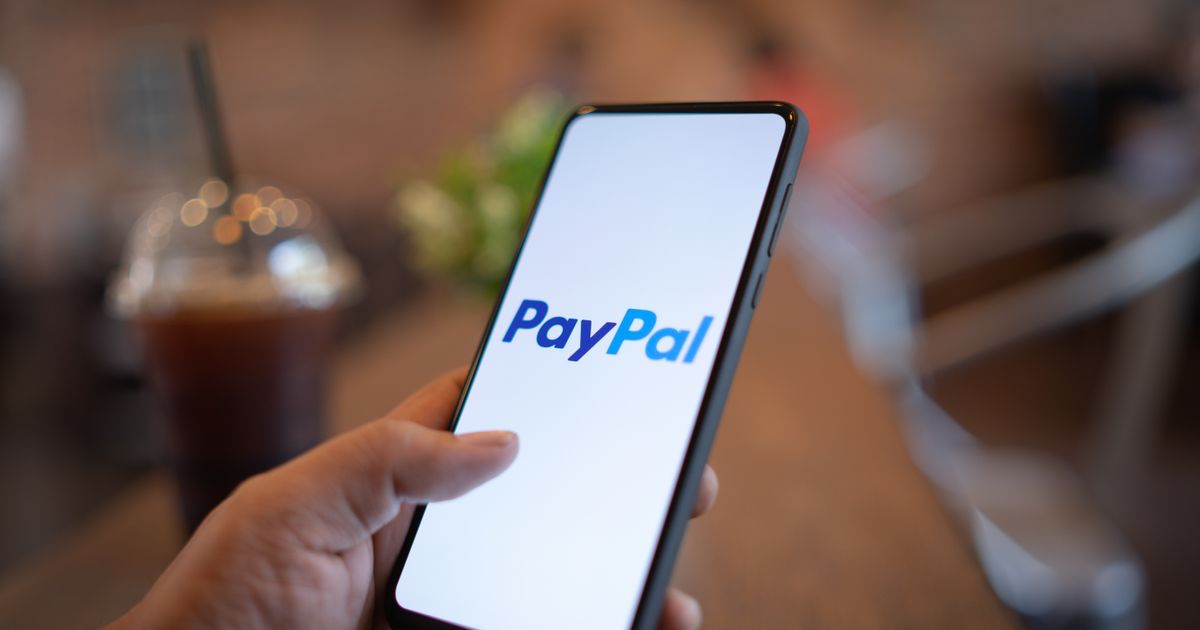
Shutterstock
XE
XE isn’t as well known as PayPal,
but it’s widely considered the most inexpensive money transfer service.
There are no fees for basic transfers, but considerable charges are made
for currency exchanges, including any transfers requiring these
services. These costs are how XE makes its profit.
The downside is that funding transactions are limited compared to
other options. Both users must have a bank account, and neither cash nor
credit cards are allowed as a funding option.
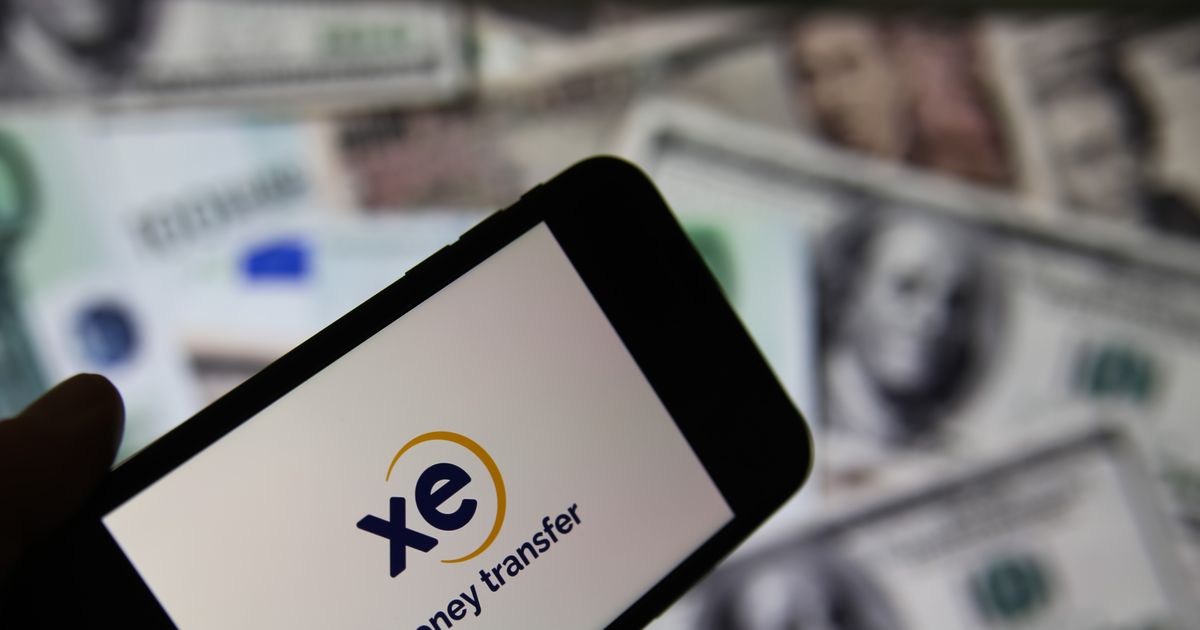
Shutterstock
Venmo
Venmo is a money transfer and cost-sharing app created by its parent
company, PayPal. The key difference between Venmo and other money
transfer services is it operates more like a social media site. Users
can add friends, family, co-workers and others to plan cost-sharing for
such things as events and meals. Even better, fees aren’t charged on
transactions between friends, though there’s a 3 percent charge on all
account funding done via credit card.
Venmo can be integrated into PayPal as an additional service or used independently.

Shutterstock
MoneyGram
The primary benefit of using MoneyGram
is convenience. You don’t have to set up an account or even have a bank
account to use the company’s services. Instead, you can pay with cash
at one of the thousands of locations inside regular stores. You can make
domestic or international transfers while supplying only some basic
identifying information.
Unfortunately, that doesn’t necessarily result in a top tier
experience. Many users have reported issues with MoneyGram and left bad
ratings on online review sites. For this reason, it’s recommended you
only use MoneyGram to send money to people or companies you know
personally.
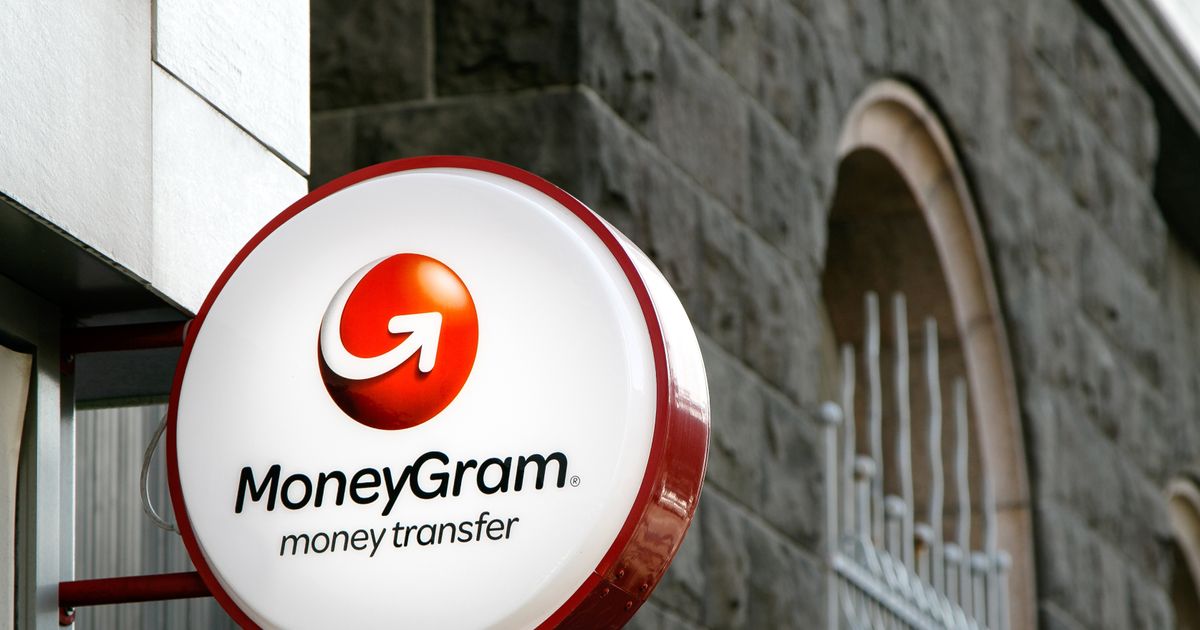
Shutterstock
Western Union
Western Union has been around for more than a century and continues
to provide innovative financial services to its customers. Like
MoneyGram, Western Union allows you to pay cash
at one of its locations, found in thousands of stores around the
nation. It also offers strictly remote money transfers through its
website and even provides services to various social media sites.
Western Union allows two people to exchange payments for goods,
services or personal loans on social media. As with other services, you
shouldn’t send money to people or companies you don’t personally know to
avoid being scammed.
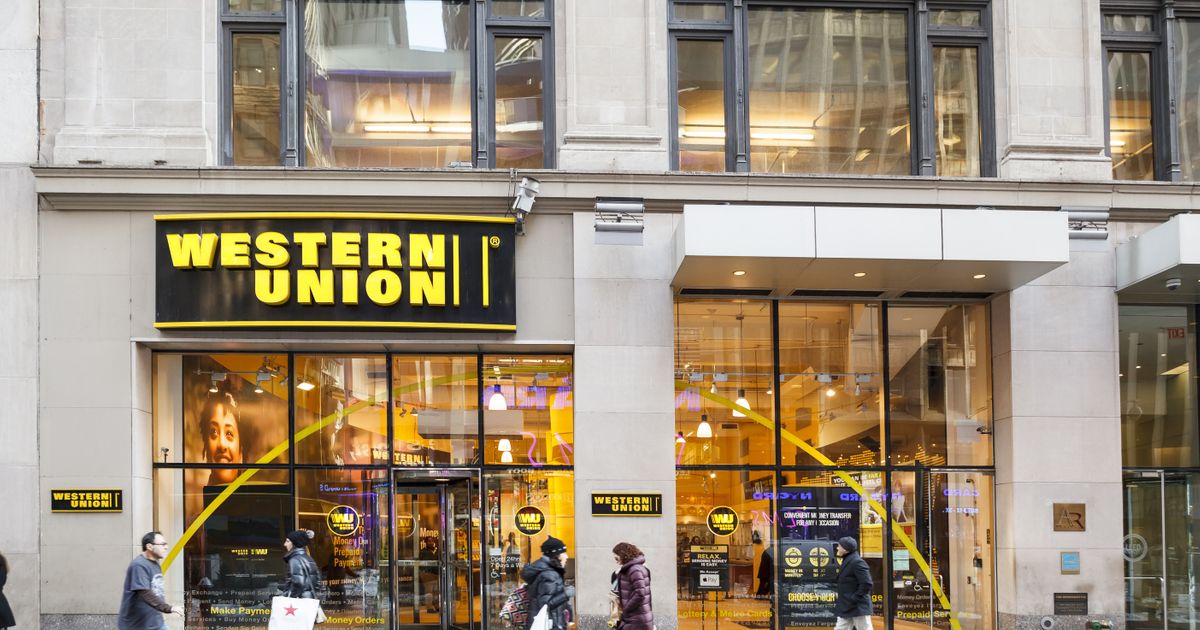
Shutterstock
Cash App
Cash App allows you to send money
from a linked debit card or bank account. Transfers use Cash App tags or
screen names, which you get to choose yourself. Transfers are free, but
some fees are associated with transferring your Cash App balance to
your bank account.
One significant benefit of this money transfer service is its
referral program, which offers current users $5 for every new person
they get to sign up.
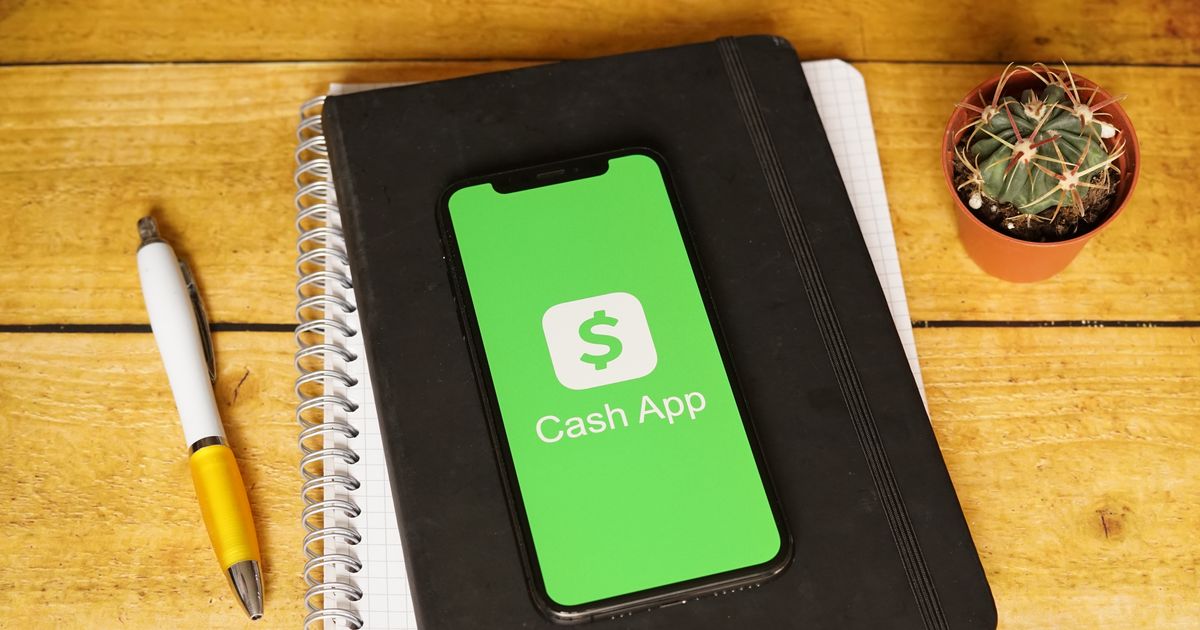
Shutterstock
Zelle
Zelle is a money transfer
service you might already use because it’s integrated with numerous
banking institutions. It allows for fast transfers between anyone with a
banking account with one of its providers. If your banking institution
doesn’t participate in Zelle, you can use it as a standalone service and
send money to anyone in its ever-growing network.
The only caveat is that Zelle isn’t made for commerce (buying or
selling items), and you’ll receive no protection for those transactions.
Zelle is only meant to send money between individuals.

Shutterstock
Xoom
Xoom is another PayPal money transfer service,
proving what a dominant provider the parent company is. You can use
Xoom to make fast international transfers to around 160 countries
globally. Although you can send up to $100,000 in a single transfer,
higher amounts require more personal information. For example, you may
need to provide your social security number, passport or other
identifying information for high-dollar transfers.
The one area where Xoom lags is that it offers lower currency
exchange rates and higher fees for using a debit or credit card to fund
purchases.
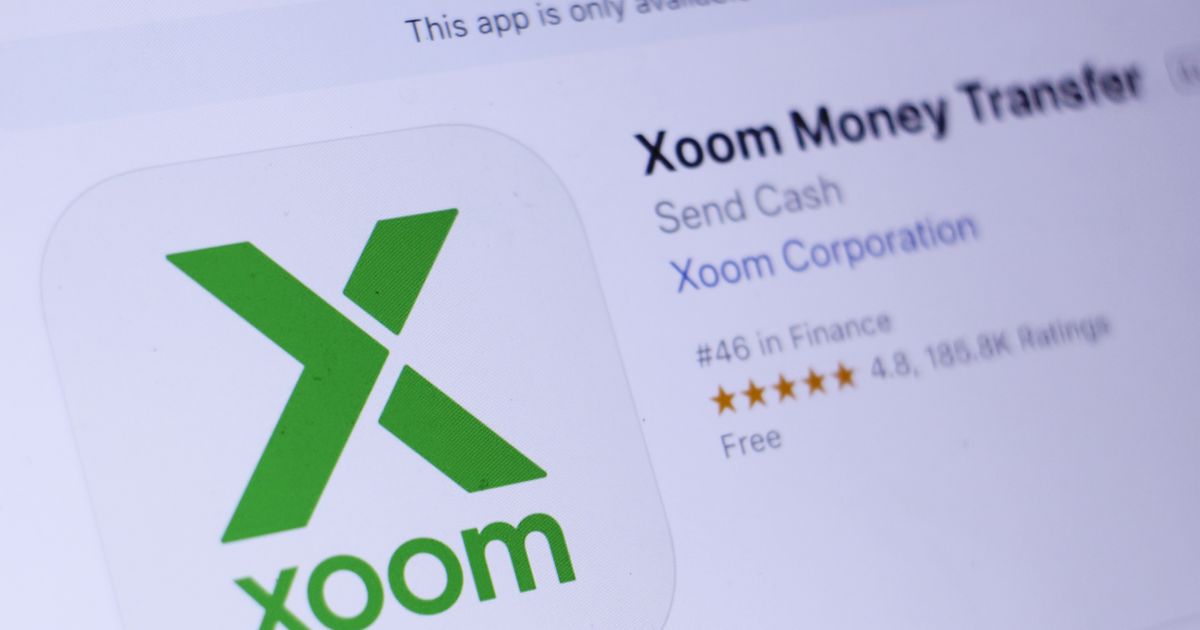
Shutterstock
OFX
OFX is a unique money transfer service
because it doesn’t charge fees. If you’re a customer in the United
States, you can make transfers internationally to over 50 countries. The
big catch is that you can only use OFX for high-dollar transfers as it
doesn’t allow smaller exchange amounts.
The minimum transfer amount is $1,000, but there are no maximum
limits. Since there are no fees, this could be an excellent secondary
money transfer service provider for when you need to send a significant
amount of money.

Shutterstock
Consider: Which Service Is Most Popular Among Your Peers?
One significant consideration for choosing the best money transfer
service is knowing which options are most popular among your peers. This
ensures you can freely exchange money when splitting bills, chipping in
for gifts and similar circumstances.
The popularity of each service varies by location, so ask your
closest friends, relatives and co-workers which service they use. After
all, it doesn’t help if you decide to use one service and everyone you
need to share costs or transfer money to is using a different one.
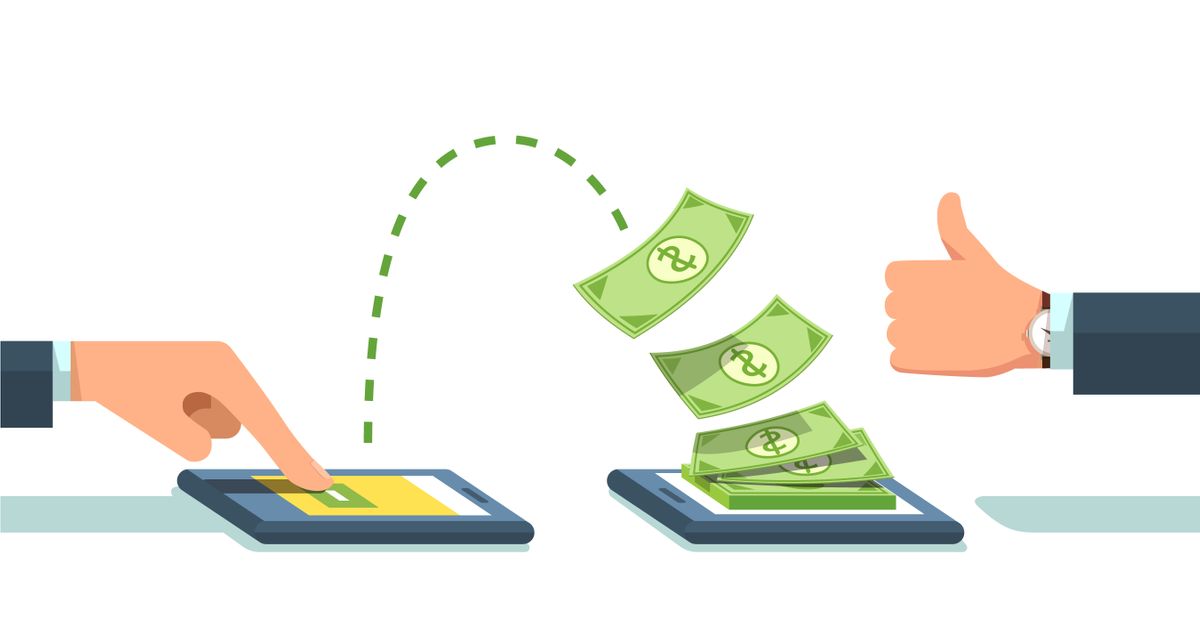
Shutterstock
Consider: Which Service Best Fits Your Needs?
No two money transfer services have the same capabilities. You’ll
want to consider which offers the options best suited to your needs. For
example, do you require a money transfer service that allows you to use
cash or a credit card to fund transfers? Do you need a service you can
access through your phone or that lets you link your bank accounts? Do
you need a service that offers business accounts to accept payment for
freelance services or homemade goods?
It also matter how frequently you anticipate using the service. If
you regularly need to transfer money, you’re probably less likely to
tolerate high fees or a poor user experience. If this is a one-off need,
those things may not matter as much.

Shutterstock
Consider: Do You Need To Send Money Domestically, Internationally or Both?
Most money transfer services allow both domestic and international transfers, but that doesn’t mean all.
If you need to make both types of transfers frequently, you should look
for a service that facilitates this since it’s significantly more
convenient to use one company. If you’re torn between two or more
transfer services that provide both options, comparing fees can help you
decide. Pay attention to both transfer fees and currency exchange rates
to get an idea of the actual costs of service.


/iStock-682395884.tashka2000.online.banking-5c6c9639c9e77c00018ccac8.jpg)




